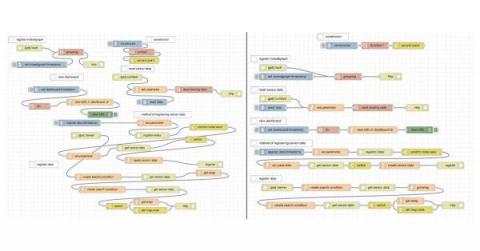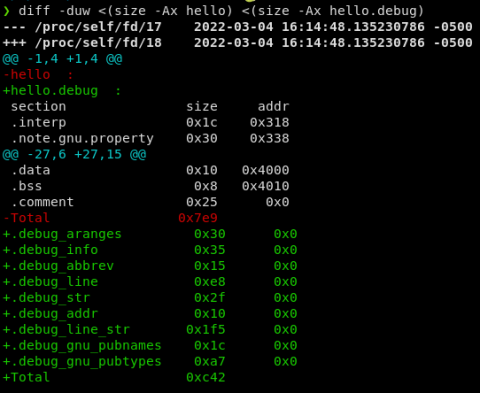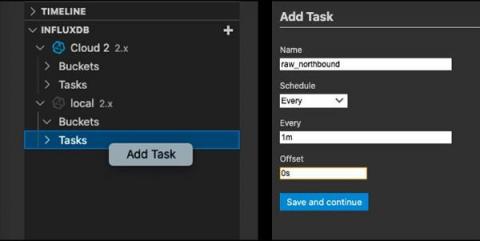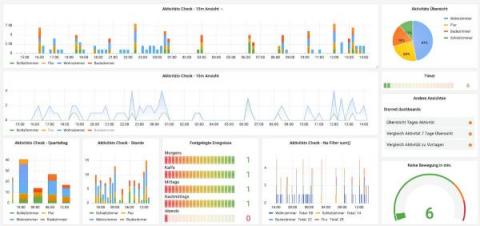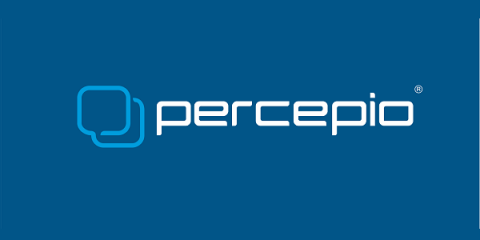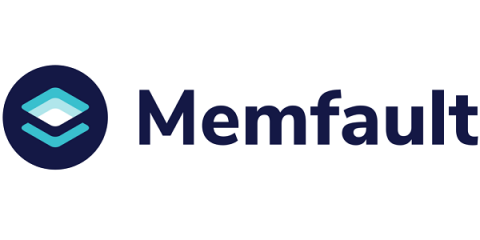IoT Made Easy with Node-RED and InfluxDB
In this article you will learn about Node-RED, a popular tool for rapidly gluing together different types of hardware and software. You’ll learn about some of the core concepts of Node-RED and then learn how to make some workflows like storing data from a sensor using an MQTT broker and InfluxDB.


